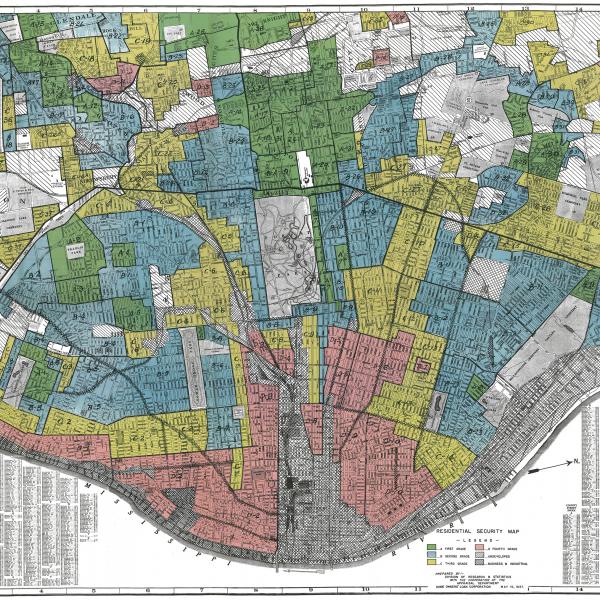Paco Tijerina is a PhD candidate in the Department of Romance Languages and Literatures. His research and academic interests include literary artifacts produced by women in contemporary Mexico and Latin America and the circuits in which they are inserted, neo-extractivism and ecocriticism, and body practices from an anthropological standpoint.
The current climate crisis cannot be ignored. Droughts, melting glaciers, unbreathable air and the presence of microplastics in our bloodstreams are just some of the daily encounters we have with this global event. News pieces, videos, radio shows, movies and literature are constantly informing us of the dangers of continuing down this path.
The urgency in this matter make it seem like we don’t have enough time to react and that there is little to no possible action we can take to engage with this gloomy present. And although it is understandable that the fear of being confronted with a hard truth paralyzes us individually, the answer might be seeking a slow and communal response. But community building is not always intuitive, let alone when confronting a crisis. Creating a space that allows collective thinking that recognizes our anxiety, mourning, pain and anguish but that at its core helps us envision a different future is a much-needed endeavor in today’s landscape.
As someone interested in environmental humanities and our responses to the current crisis, I believe finding interdisciplinary creative spaces to think together is crucial. These past years, as I have been doing research that highlights so many of the issues tied to the adversities of the Anthropocene — wars, forced displacements, toxic wastelands that poison our communities, unresponsive institutions, etc. — I have often found myself on the path of despair. I believe that’s why community is so important while we parse out our role, impact and possible actions for the future.
Amid the Ecology Now! lecture series, a slate of public events that aim to (re)frame our relationship with the environment, graduate students from different backgrounds and disciplinary approaches got together to create a community in search of a response to our climate anxieties. Thanks to Nicole Seymour, author of titles such as Bad Environmentalism (2018) and Glitter (2022), and her workshop “From Climate Anxiety to Climate Action, Part I,” we were able to respond to get together to think and turn anxieties into actions.

The workshop was not only dynamic but also insightful, as it combined exercises and theory as a mode of threading ways of seeing and envisioning our tangible and potential actions. In the first exercise, Seymour asked us to map our “spheres of influence,” a map of how we conceive the leverage we have in our local communities to respond to the crisis. We then proceeded, in a second exercise, to search for local issues and resources to create a mini archive that would inform our actions. And in the final exercise, we wrote personal manifestos to keep inspiring ourselves and think about inspiring others during this major climate upheaval. The space created by Seymour and the participants allowed us to take a step back to process collectively from our individual perspectives. And although these three exercises seem short and simple, the idea is that this workshop is one of many to come.
According to Seymour, this workshop can be considered Part I of 10,000, as she believes that “the work of managing climate anxiety and fomenting climate action must be ongoing, recursive, slow, appropriately scaled, and deliberative.” That need can be reflected in how the participants received this transformative space. For many students, like Laura Evers, PhD candidate in English and American literature; Alexis Rose, second-year MA student in musicology; and Katherine Tilghman, PhD student in Hispanic studies, this workshop became a space to meet new colleagues and think collectively about our climate anxiety. It’s only through the repetition and proliferation of these spaces that we can combat the defeatist mindsets that lead us to inaction.
The author of Glitter, following the premise of her book — in which Seymour centers our attention to this sticky and pervasive object that has disproportionately become the center of climate debates and discussions — invited the attendees to her workshop to take a second to look at things from a different and more nuanced perspective; to take our time and not fall in the trap of urgency that has permeated and driven climate change; to value “slow contemplation and conversations [as] crucial to sustainable work on climate change.” Seymour’s workshop created a space of radical imagination that allowed students to rethink their present in the hope of a different future. It’s now our turn to make the second part of the next 10,000 workshops happen!




